
I’m a little late to the ‘Happy New Year’ party but I’m here with enthusiasm, does that count? I hope the opening chapter of your 2020 was happy/peaceful/celebratory (pick one, or pick all three). Mostly I hope it began optimistically.
January is a time of fresh starts, new beginnings. It’s a time when many of us make resolutions. And some of us resolve to make no resolutions at all. I’m normally in the latter camp. I’m goal focused – I love to set goals and look ahead with optimism – but I’m not so much for resolutions. Only something about this year feels different, and I feel compelled to set some writerly resolutions.
This year I will:
- Measure productivity, not results. We’re a results-oriented culture. Most businesses measure success by results and many writers do too. We often count the number of books or articles we publish in a given year, or the amount of money we make from our efforts. But some things are out of our control. This year I will concentrate on my daily productivity and worry less about results.
2. Listen more and talk less. What are your thoughts on that?
3. Set realistic goals. Life has demanded a lot from me over the last few years. I’ve been meat paste in the sandwich generation of life and it has played hell with my output. Unfortunately, I don’t see it changing any time soon. Nevertheless, I will set goals and do my best to reach them.
4. Practice kindness. It goes without saying, right? But I’m not always kind to myself. Someone told me recently we should treat ourselves as we would treat a best friend. I think that’s important, and it’s especially helpful when life demands much of us. Or when we’re struggling to reach #3 (see above).
5. Treat that 1st draft as a precious baby. Don’t judge or criticize. Hold a protective, tender space; know it will grow and evolve but right now it needs acceptance and nurturing.
6. Find a new-to-me author. Or three. Or six. Read someone new. Read out of my comfort zone. Read and read some more.
7. And number seven. Ah, 7. Did you know that in numerology number 7 combines the hardworking number 4 with the mystical and creative number 3. Seven is associated with luck, intuition, inner wisdom and magic. It’s prominent in ancient cultures (there were seven wonders of the world) and it has held significance in virtually every major religion. So, it seems fitting to end with a resolution to make personal renewal a priority this year, however that looks like in any given day or week. Hard work is good. Hard work combined with intuition, inner wisdom and personal renewal is better. In fact, I’d call it an unbeatable combination.
Happy New Year and happy reading.
 For writers who don’t write quickly, it can be hard to justify taking a break. Instead, we often push ourselves to write more, while mentally beating ourselves up for not being as prolific as we’d like. However, the research is clear: taking a break from what we’re working on can actually improve productivity. A new and growing body of research outlined in the New York Times shows that strategic renewal – daytime workouts, coffee breaks, time away from the office and longer, more frequent vacations – boosts productivity, job performance and health.
For writers who don’t write quickly, it can be hard to justify taking a break. Instead, we often push ourselves to write more, while mentally beating ourselves up for not being as prolific as we’d like. However, the research is clear: taking a break from what we’re working on can actually improve productivity. A new and growing body of research outlined in the New York Times shows that strategic renewal – daytime workouts, coffee breaks, time away from the office and longer, more frequent vacations – boosts productivity, job performance and health. Last week, I finished doing a substantive revision on No Right Thing. Revising, as I’ve said before, is one of my favorite parts of the writing process. Polishing and tweaking can take a story from good to great, and I think No Right Thing is one of the best YA novels I’ve written so far. A big shout out to Melanie Jeffs at Crwth Press for comments and suggestions that gave me the springboard I needed to dive in and make some changes.
Last week, I finished doing a substantive revision on No Right Thing. Revising, as I’ve said before, is one of my favorite parts of the writing process. Polishing and tweaking can take a story from good to great, and I think No Right Thing is one of the best YA novels I’ve written so far. A big shout out to Melanie Jeffs at Crwth Press for comments and suggestions that gave me the springboard I needed to dive in and make some changes.
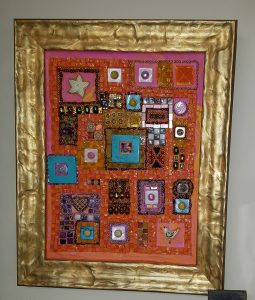
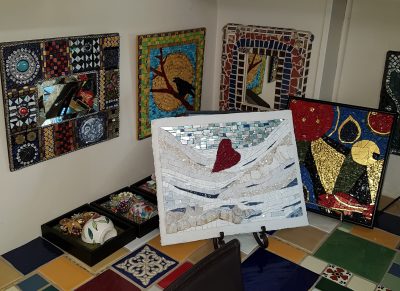
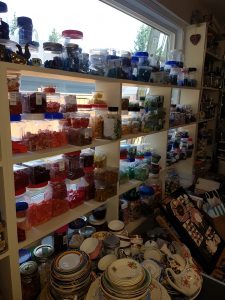

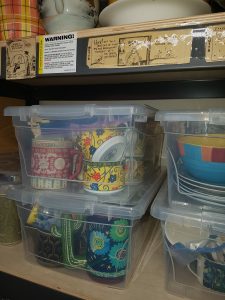




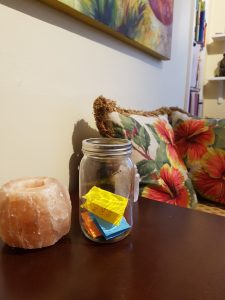 Last January I started a gratitude jar. Whenever I thought of it – sometimes every day or maybe a few times a week – I’d jot down something I was grateful for and slip the colorful Post-It note into a jar. This practise has been around for a while; I’m sure you’ve heard of it.
Last January I started a gratitude jar. Whenever I thought of it – sometimes every day or maybe a few times a week – I’d jot down something I was grateful for and slip the colorful Post-It note into a jar. This practise has been around for a while; I’m sure you’ve heard of it.
 The garden is one of my best teachers and I was reminded of that last week when we picked kiwifruit from our vines. Seventy-five of the fuzzy, egg-shaped fruits if you want an exact number. I planted the vines myself over a decade ago and this is the first year we’ve had any kind of harvest.
The garden is one of my best teachers and I was reminded of that last week when we picked kiwifruit from our vines. Seventy-five of the fuzzy, egg-shaped fruits if you want an exact number. I planted the vines myself over a decade ago and this is the first year we’ve had any kind of harvest. of blooms, googled, scratched our heads, googled some more. Finally we took the delicate flowers out the peninsula to a famed tropical fruit grower who told us within seconds that we had unfortunately been sold two male vines. Mislabelling tended to be a fairly common risk with kiwifruit vines, he said, adding that he’d lost track of the number of customers who’d come to him with the same problem. And so what to do?
of blooms, googled, scratched our heads, googled some more. Finally we took the delicate flowers out the peninsula to a famed tropical fruit grower who told us within seconds that we had unfortunately been sold two male vines. Mislabelling tended to be a fairly common risk with kiwifruit vines, he said, adding that he’d lost track of the number of customers who’d come to him with the same problem. And so what to do?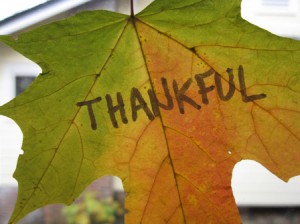 It’s Thanksgiving weekend here in Canada (Columbus Day weekend for my friends south of the border). It’s that time of year when we gather with friends and family to celebrate the many blessings in our lives.
It’s Thanksgiving weekend here in Canada (Columbus Day weekend for my friends south of the border). It’s that time of year when we gather with friends and family to celebrate the many blessings in our lives.
 Last week’s blog about writing gurus was sparked by a Susan Wiggs talk I attended a few weeks ago. As I mentioned in that post, Wiggs had some questions for the audience. Question one revolved around our writing gurus. Her second question was this: What are your three essential writing tools?
Last week’s blog about writing gurus was sparked by a Susan Wiggs talk I attended a few weeks ago. As I mentioned in that post, Wiggs had some questions for the audience. Question one revolved around our writing gurus. Her second question was this: What are your three essential writing tools? There’s a crispness to the morning air these days and the sun is setting a few minutes earlier every night, but summer isn’t officially over until September 22nd. I love this last month. It’s harvest time. The garden is overflowing with tomatoes and peppers and beans and figs. The dahlias are spectacular, the California tree poppy is putting on a second show, and there are still a few sweet peas blooming in the garden. If I’m not working in the office, I’m working in the kitchen, making basil pesto, peeling and freezing peaches, and canning tomatoes. And at the end of a long, satisfying day, there’s always a good book to read.
There’s a crispness to the morning air these days and the sun is setting a few minutes earlier every night, but summer isn’t officially over until September 22nd. I love this last month. It’s harvest time. The garden is overflowing with tomatoes and peppers and beans and figs. The dahlias are spectacular, the California tree poppy is putting on a second show, and there are still a few sweet peas blooming in the garden. If I’m not working in the office, I’m working in the kitchen, making basil pesto, peeling and freezing peaches, and canning tomatoes. And at the end of a long, satisfying day, there’s always a good book to read.

Comments